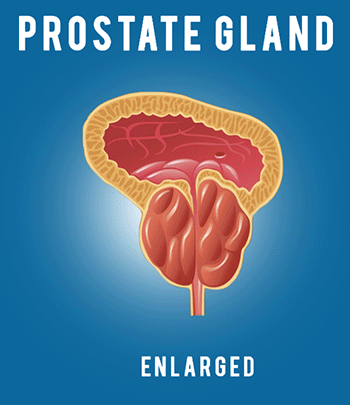Carotid Artery Disease: Artery Blockage Increasing Risk of a Stroke
There are many different processes that cancause carotid artery disease, but by far themost overwhelmingly common is atherosclerosis,which is the same kind of biologic processthat affects heart arteries, or might affectleg arteries, or other arteries throughoutthe body. Atherosclerosis is a process whereby a blockageoccurs, and that blockage in the carotid arterycan predispose someone to stroke. And so if we find the blockage in the carotidartery, the narrowing, it’s called a stenosis. If we find that stenosis, and we’re able tointervene, we reduce patient’s long-term riskof stroke. Patients who are most likely to suffer fromcarotid artery disease are patients who haverisk factors for atherosclerosis; high bloodpressure, coronary artery disease, high cholesterol,family history of having artery problems. Generally, patients have the inability tomove or feel their arm or leg. They may be unable to speak. They may have facial drooping. They also may have a condition of fleetingblindness. Those are all signs and symptoms of carotidartery disease that should be discussed witha doctor right away. Carotid artery disease can be treated in oneof generally three ways; medical management,in which patients are put on antiplatelettherapy, which is aspirin, and we have somenewer antiplatelet agents. Carotid artery stenosis has traditionallybeen treated in patients with significantstenosis by what’s called carotid endarterectomy. Clamps are placed on the carotid artery tostop the blood flowing through the carotidartery, and the plaque, or atheroscleroticbuild-up, is cleaned from the carotid artery. That’s what we have the most experience with. More recently with endoluminal, or what’scalled endovascular or less invasive techniques,carotid artery stenting has been performed. There’s a newer treatment that involves carotidstenting, but it involves operating on thecarotid artery in a way that’s less invasive. The outcomes of this newer, what’s calledtranscervical carotid artery stenting, orTCAR, are very similar to results of carotidendarterectomy, the traditional operation. And this is a novel way that the carotid arteryis now treated in patients who might havea difficult operation, but now can have aless invasive operation.


